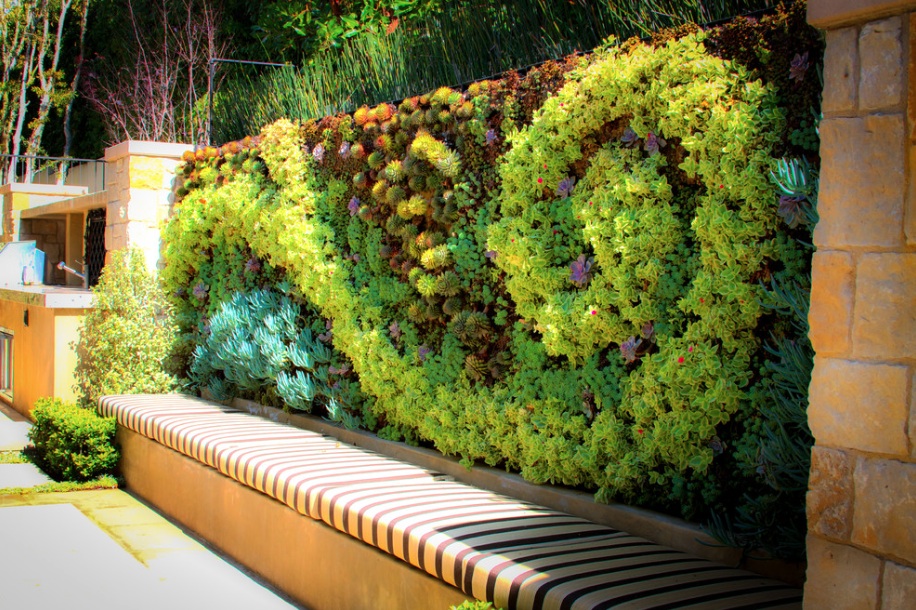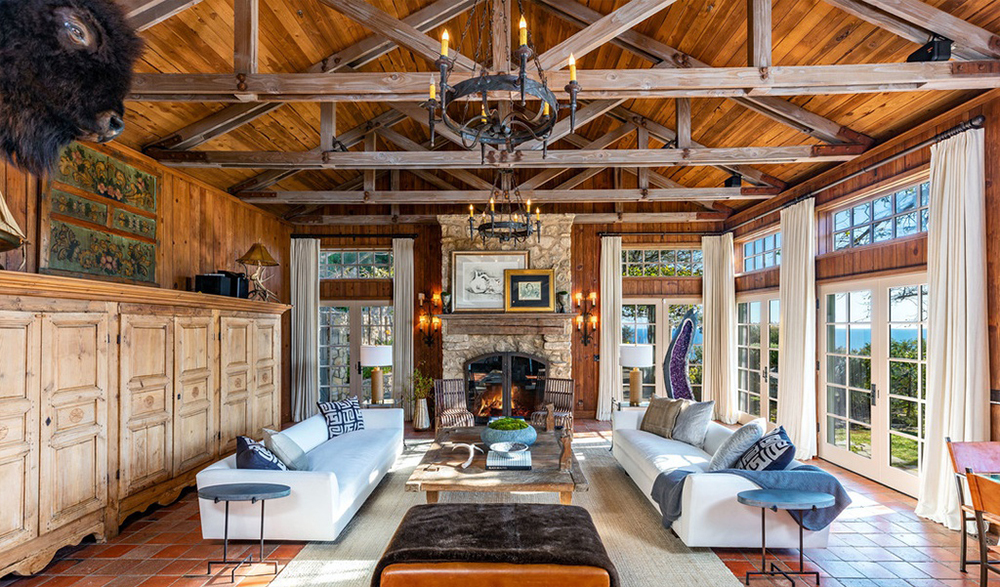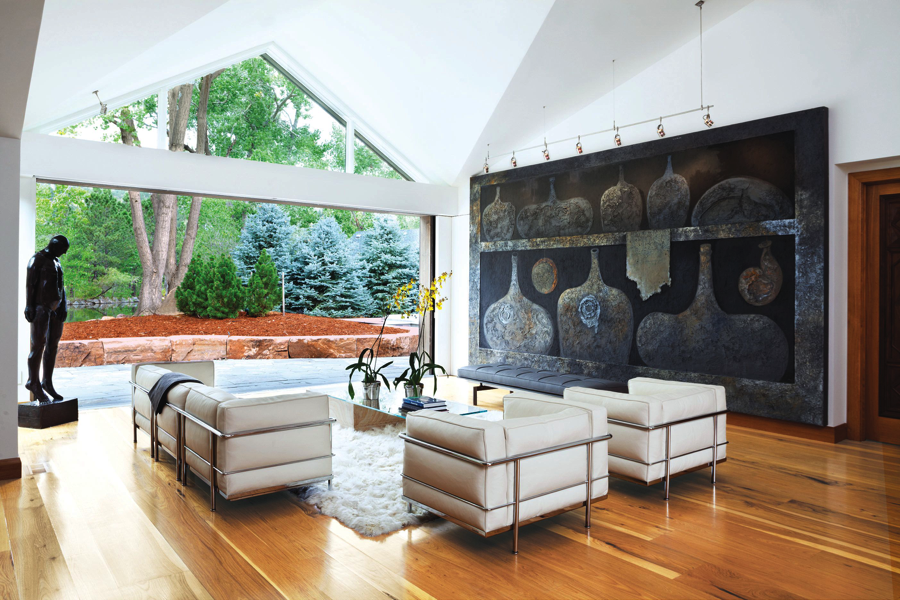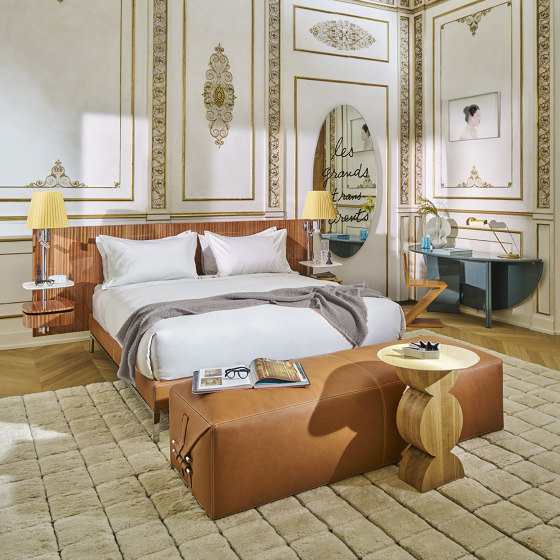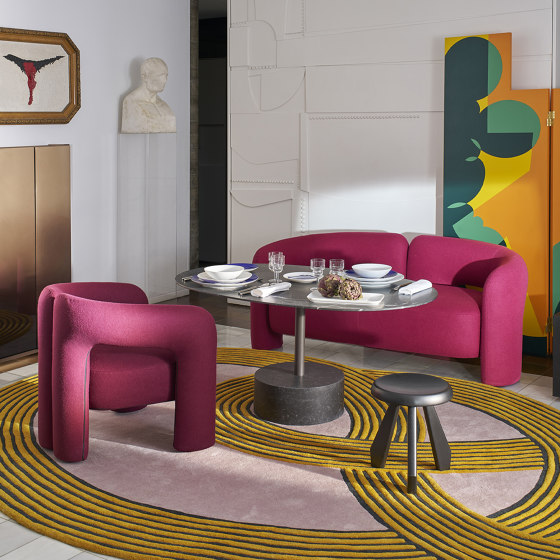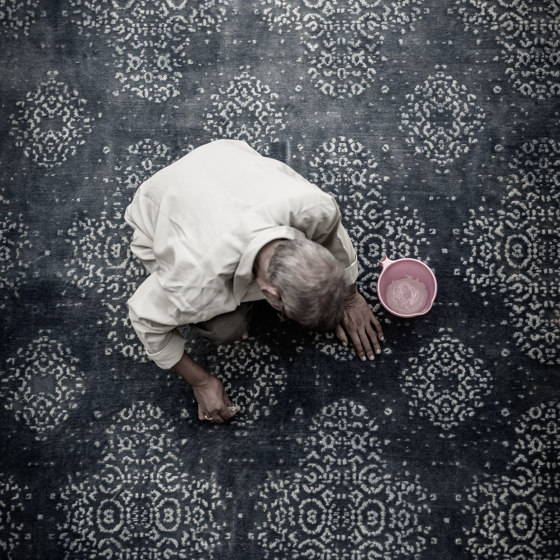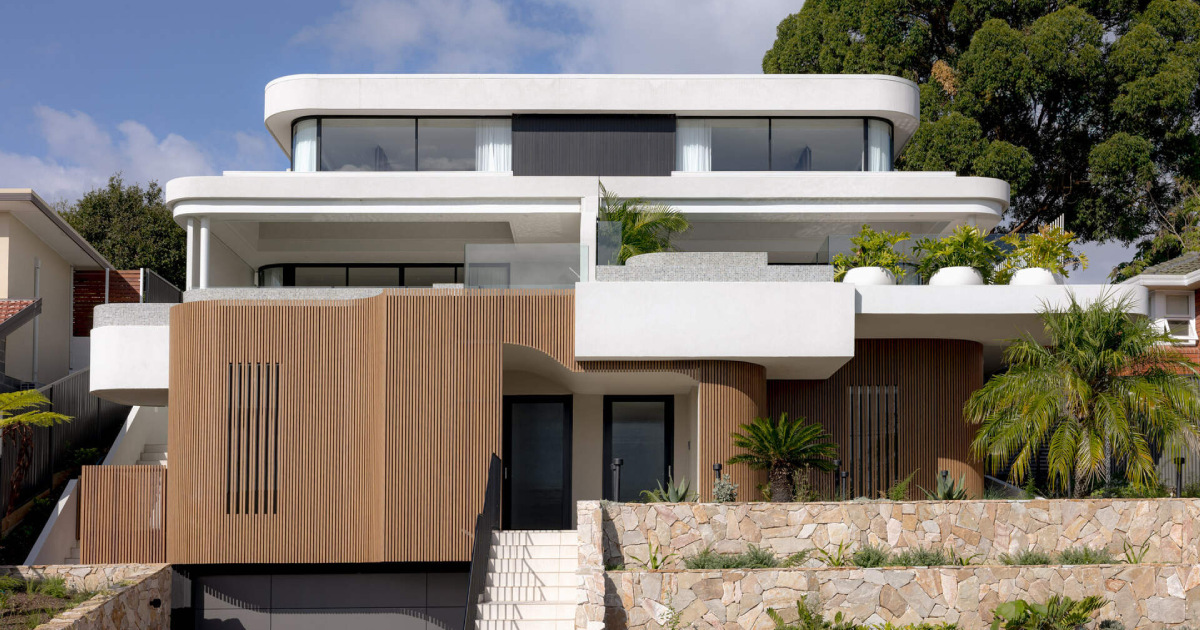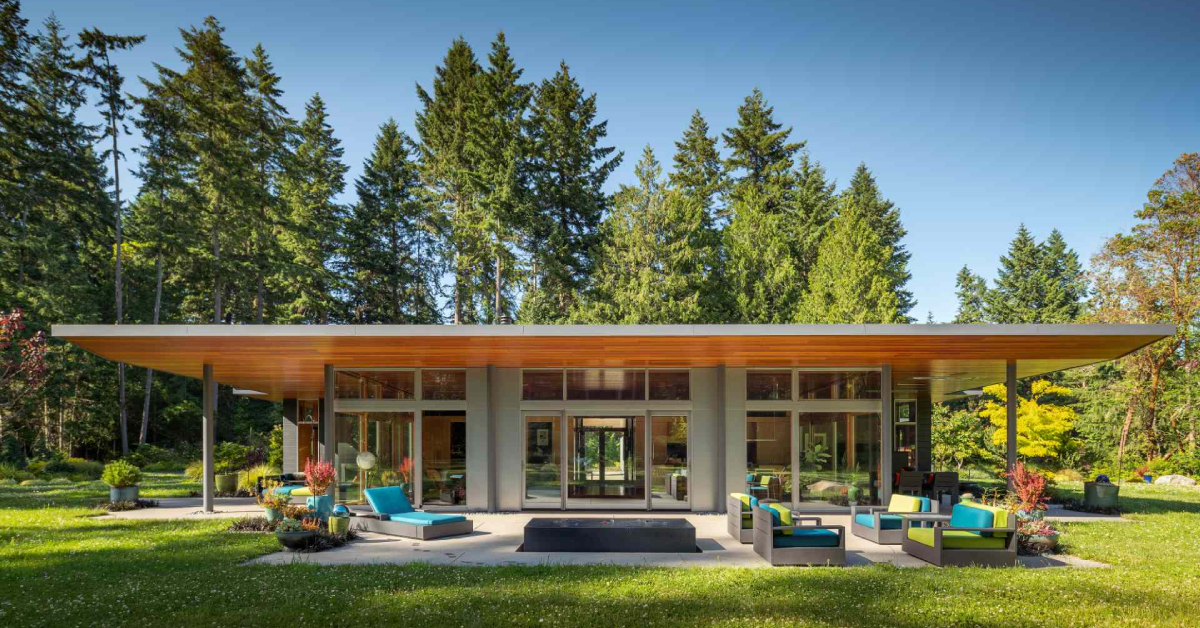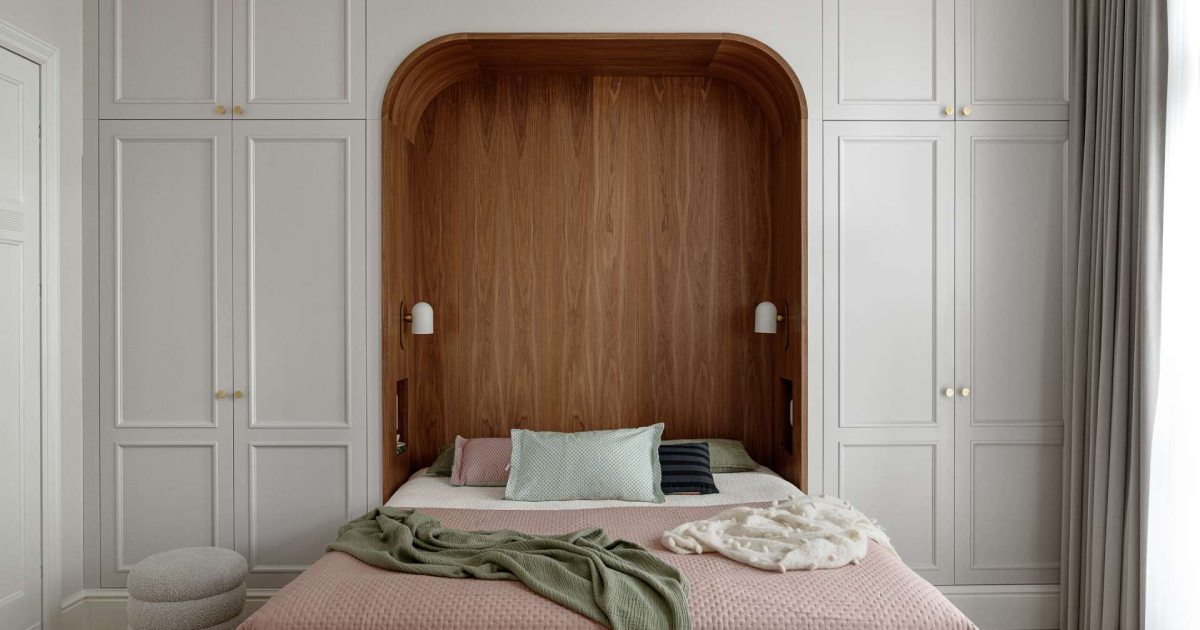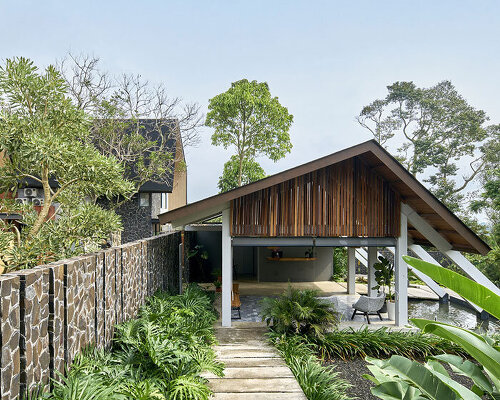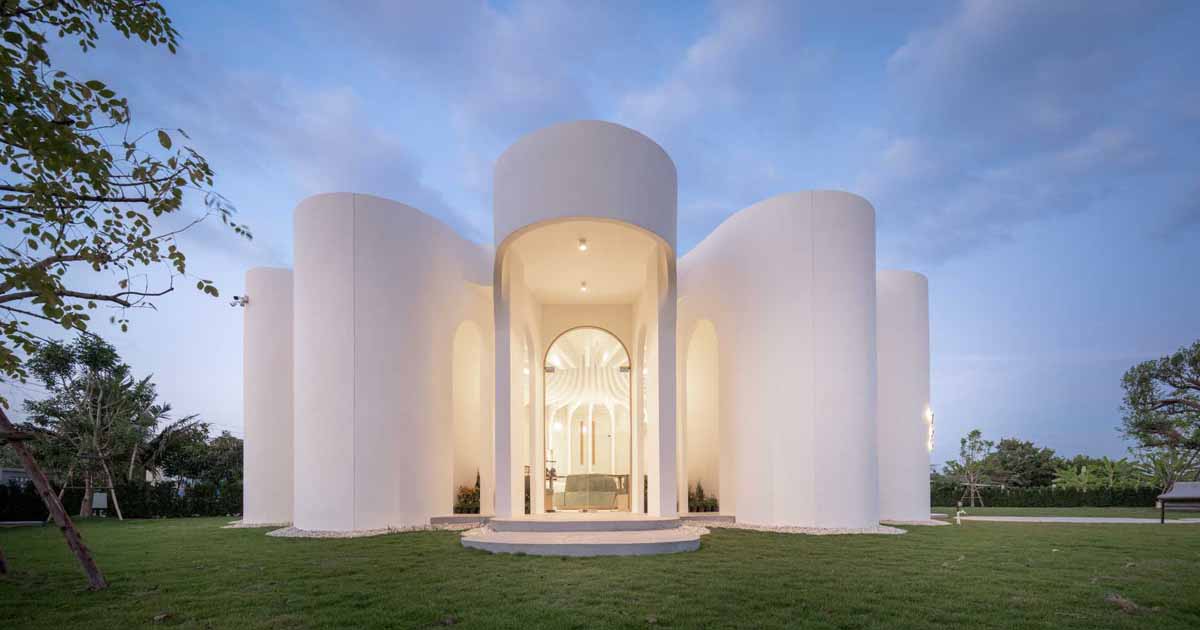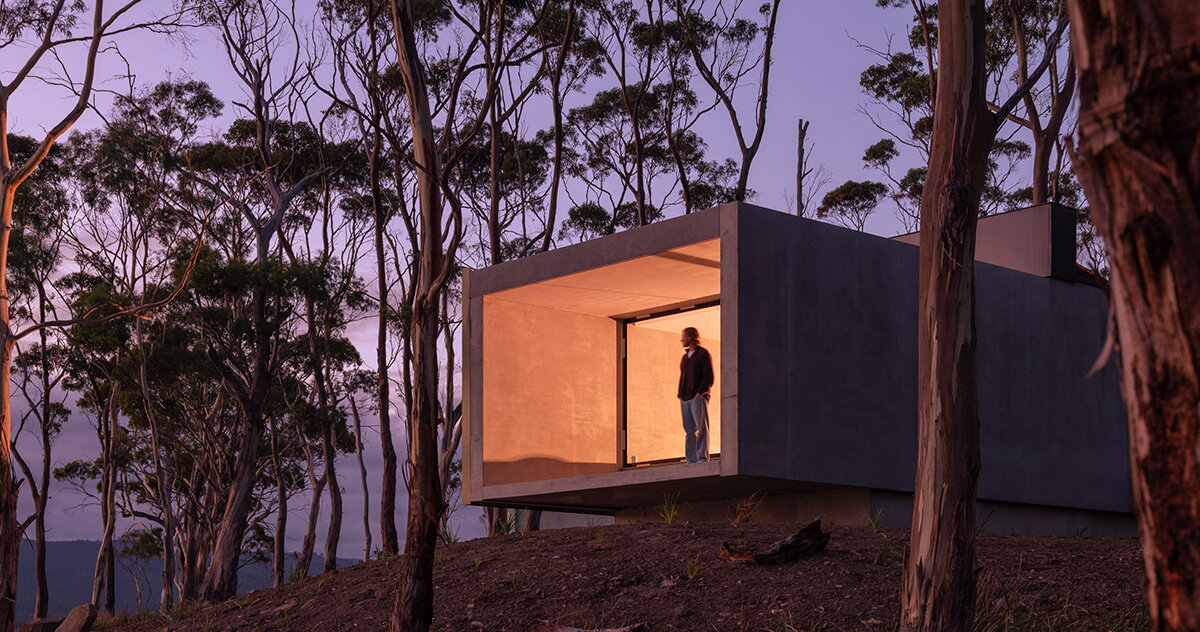ma yansong: architecture and emotion traces MAD’s creative journey at the nieuwe instituut
nieuwe instituut's exhibition 'ma yansong: architecture and emotion' in rotterdam explores how emotion and nature shape MAD’s vision. The post ma yansong: architecture and emotion traces MAD’s creative journey at the nieuwe instituut appeared first on designboom | architecture & design magazine.

MAD’s Poetic Vision explored through Rotterdam exhibition
A new exhibition at the Nieuwe Instituut in Rotterdam, Ma Yansong: Architecture and Emotion, debuts alongside the long-anticipated opening of the MAD-designed Fenix Museum of Migration. During the exhibition’s opening, designboom spoke with Aric Chen, General and Artistic Director of the Nieuwe Instituut and curator of the show.
‘With the opening of Fenix here in Rotterdam, it was a great chance to finally do an exhibition together,’ Chen tells designboom. ‘Ma and I have had quite a number of conversations, both formally and informally. I always felt like we needed to continue it. I was always left wanting more.’ This exhibition continues that dialogue, assembling MAD’s early speculations and recent large-scale works into a spatial and emotional journey.

images © Ossip van Duivenbode (unless otherwise stated)
Tracing Origins in a Rapidly Changing China
The Rotterdam exhibition Ma Yansong: Architecture and Emotion begins by anchoring MAD’s origin story in the formative years of independent architectural practice in China. ‘There were no private architecture firms allowed until the 1990s,’ explains Aric Chen of the Nieuwe Instituut. ‘Ma is part of that second generation of Chinese architects. It’s really remarkable to see how quickly things took off.’
A central installation expands upon MAD’s 2008 publication MAD Dinner, a document of creative gatherings the founders held during China’s early 2000s building boom. These interdisciplinary salons gave rise to speculative urban visions — a Tiananmen Square reimagined as a park, an aquarium seen through the perspective of a fish — which now appear in model form, offering insight into the studio’s earliest attempts to reframe public space and identity.

MAD opens its first solo museum exhibition in over a decade at the Nieuwe Instituut in Rotterdam
ma yansong’s Fenix as Cultural Anchor
Among the most anticipated works on view is MAD’s design for the Fenix Museum of Migration, the newly opened museum in Rotterdam dedicated to global migration stories. Fenix features the Tornado, a swirling, double-helix stair that lifts visitors through the atrium of a historic warehouse to a rooftop observatory. The Tornado connects the ground to the sky, but also history to the present.
It’s MAD’s first cultural building in Europe, and its role is deeply symbolic, especially given the museum’s context in Katendrecht, once one of the first Chinatowns of continental Europe. The exhibition offers detailed insight into the design of Fenix as a built manifestation of MAD’s evolving interest in architecture as a vessel for memory.

the exhibition coincides with the completion of MAD’s nearby Fenix Museum of Migration
MAD’s longstanding engagement with shanshui — the classical Chinese worldview in which landscape, city, and spirit cohere — remains a thread throughout the show. ‘Shan Shui painting was a big influence on Ma for a certain point,’ Chen continues. ‘The studio has since moved on, but the relevance of that is still really important for understanding the firm’s work today.’
Rather than presenting shanshui as a metaphor or motif, the exhibition shows how the philosophy permeates form-making, whether in the land-integrated design of Quzhou Sports Park or in the undulating mass of the Lucas Museum of Narrative Art in Los Angeles.

Aric Chen curates the exhibition to reflect two decades of MAD’s emotionally-driven architecture
The exhibition’s title, Architecture and Emotion, invites viewers to consider architecture as more than a functional or aesthetic exercise. ‘Emotion is not something that we, here in this part of the world, are used to thinking about when we talk about architecture,’ says Chen. ‘But with MAD, emotions are very much connected with the idea of nature.’ The Nieuwe Instituut’s interest in climate resilience and spatial justice finds unexpected alignment in MAD’s emphasis on sensory experience and cultural memory, positioning the exhibition as a counterpoint to more techno-rational design narratives.
The selection of projects, Chen noted, leans toward recent and ongoing work, but also draws attention to the studio’s cross-cultural approach. ‘We always want to bring other cultural perspectives into the conversation,’ he says. ‘What Ma and MAD really do is provide that other schema or worldview for looking at space and how we experience it.’ From Beijing to Los Angeles, Paris to Rotterdam, MAD’s projects resist a singular national identity.

MAD’s early years are presented through models and materials from its 2008 publication MAD Dinner
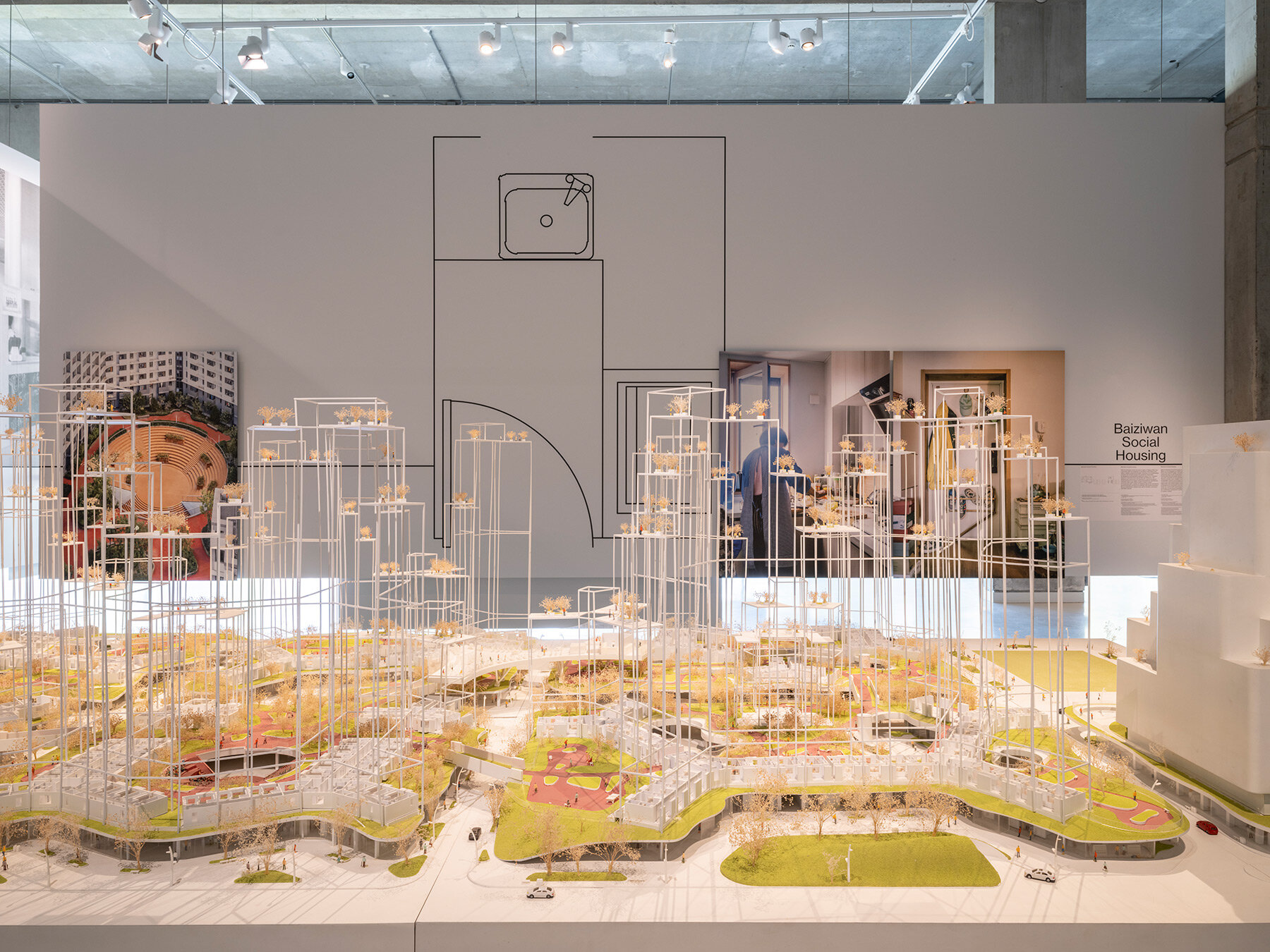
emotion is presented as a primary design force linking people, nature, and space across cultures

Shan Shui philosophy continues to influence MAD’s organic and landscape-integrated architecture

projects like the Lucas Museum and One River North demonstrate MAD’s design language
project info:
name: Ma Yansong: Architecture & Emotion
museum: Nieuwe Instituut | @nieuweinstituut
architecture: MAD | @madarchitects
location: Rotterdam, The Netherlands
opening: May 16th, 2025
photography: © designboom, © Ossip van Duivenbode | @ossipvanduivenbode
The post ma yansong: architecture and emotion traces MAD’s creative journey at the nieuwe instituut appeared first on designboom | architecture & design magazine.
What's Your Reaction?








